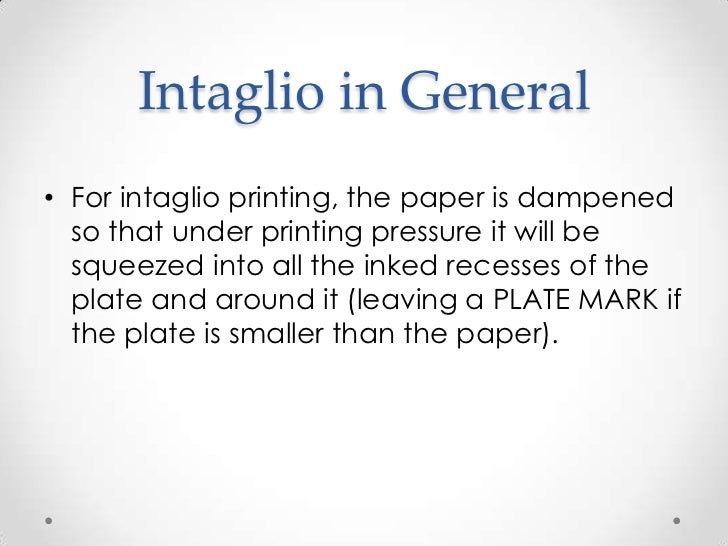

Īfter the decline of the main relief technique of woodcut around 1550, the intaglio techniques dominated both artistic printmaking as well as most types of illustration and popular prints until the mid 19th century. Collagraphs may also be printed as intaglio plates. Normally, copper or in recent times zinc sheets, called plates, are used as a surface or matrix, and the incisions are created by etching, engraving, drypoint, aquatint or mezzotint, often in combination. It is the direct opposite of a relief print where the parts of the matrix that make the image stand above the main surface. Intaglio ( / ɪ n ˈ t æ l i oʊ, - ˈ t ɑː-/ in- TAL-ee-oh, - TAH- Italian: ) is the family of printing and printmaking techniques in which the image is incised into a surface and the incised line or sunken area holds the ink. Reproduction in any format is expressly forbidden.Banknote portrait pattern made with intaglio printing. This is the second part of the London Lampworkers Trilogy covering Pirelli Glass.Īnd if you didn't read the first part of this Trilogy, you can take a look here:Ĭopyright (c) 1998 - 2021 Angela M. The place to browse through interesting glass books - >Ī new book on Pirelli Glass. American Cut and Engraved Glass: The Brilliant Period in Historical Perspective by M.A Complete Guide to Pressed Glass by Bob H.Engraved Glass: International Contemporary Artists by Tom and Marilyn Goodearl, July 1999.The Encyclopedia of American Cut and Engraved Glass (Schiffer Book for Collectors) by Albert Christian Revi, Jul 21, 2000.Techniques of Glass Engraving by Peter Dreiser, Nov 30, 2006.Florences' Glassware Pattern Identification Guide, Vol.Complete Cut and Engraved Glass of Corning (New York State Series) by Estelle Sinclaire and Jane Shadel Spillman, Jun 1, 1997.Etching: A Guide to Traditional Techniques by Alan Smith, Sep 21, 2020.The Orrefors glasworks in Sweden is renowned for its engraved glass, and for highly-skilled techniques like Graal and Ariel which incorporate casing, intaglio cutting, cameo cutting and coating in crystal glass. It was widely used in Europe in the 18th and 19th centuries and is part of the repertoire of techniques used by contemporary artists, especially those from Scandinavia. Intaglio cutting is just one of the techniques used by glass engravers, and has been done with engraving wheels as long ago as Roman times. When this form of design is used with opalescent glass, it has the effect of showing a clear glass image in a milky opalescent background, because the thicker parts of opalescent glass show the opalescence more. This was a fairly common practice in England (eg Bagley), the USA (eg Imperial) and Australia (eg Crown Crystal) glassworks. These are examples of high quality pressed glass with intaglio cutting.Ī popular form of pressed glass design in the early to mid 20th century was to impress an intaglio picture of fruit into the base of glass bowls and plates. The two milk glass sugar bowls shown on the left have intaglio designs, and you can see that the design is lower than the surface of the surrounding glass.


It is the opposite of cameo glass, where the design is raised above the surface by cutting away the background. This effect may be achieved by cutting away the glass to form the shape of the design, or by pressing the molten glass into a mold. Intaglio is a form of design/decoration where the picture is below the surface of the glass. Intaglio Glass information from the Glass Encyclopedia Intaglio Glass: from


 0 kommentar(er)
0 kommentar(er)
